OLSON WATERFALL
Diversey Avenue and Pulaski Road
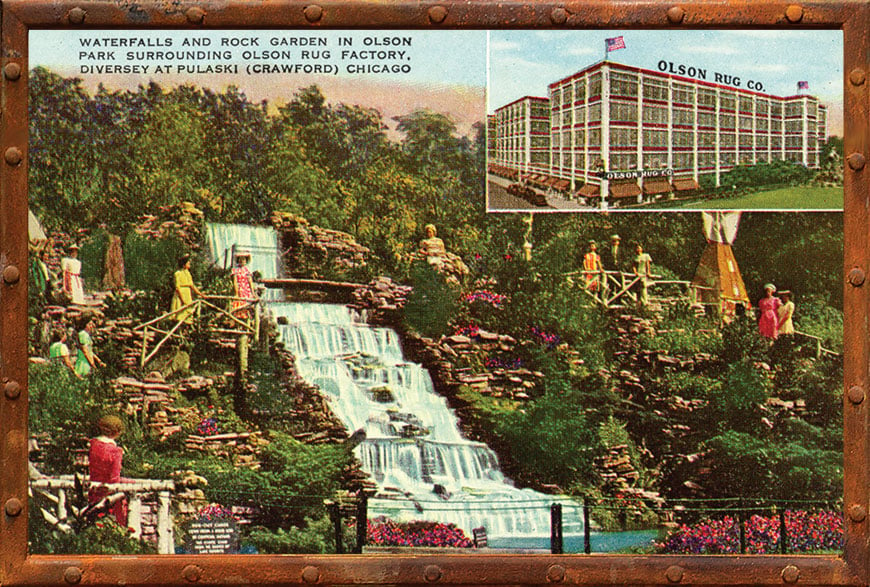
Olson Waterfall was a topographical wonder: a three-story waterfall in the middle of the Northwest Side, which is why it was a perfectly delightful place to visit. Photo Credit: Collection of Lawrence Okrent
How do you cheer up your employees during the Great Depression?
Here’s an idea: build a three-story waterfall as the centerpiece of a 22-acre park with a Native American theme, complete with a teepee and life-sized mannequin in feather headdress (plus occasional live performers doing war dances) – and all of this, adjacent to a carpet manufacturing mill at a busy intersection on the Northwest Side.
The owner of the carpet company, Walter Olson, was inspired to recreate the landscape of his northern Wisconsin vacation home. He shared his elaborate creation with his employees and area families, who enjoyed visiting this curious, but delightful, topographical wonderland in the middle of the otherwise flat Northwest Side.
The Olson Waterfall, as it was known, was erected in 1935, and was a favorite destination for family outings for decades. It was decorated for holidays, becoming a Christmas wonderland, or a Halloween haunt.
After Olson sold the property to Marshall Field and Company to use as a warehouse, the Falls eventually fell – demolished by their new owner in the 1970s to make way for a parking lot.
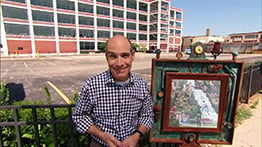
Watch the Segment
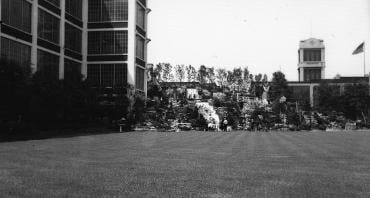
Walter Olson wanted to share a little bit of the joy he got from his vacation home in Little St. Germaine, Wisconsin. So he planted a lush landscape and built a three-story waterfall at the intersection of Diversey Avenue and Pulaski Road in 1935. Photo Credit: Chicago History Museum
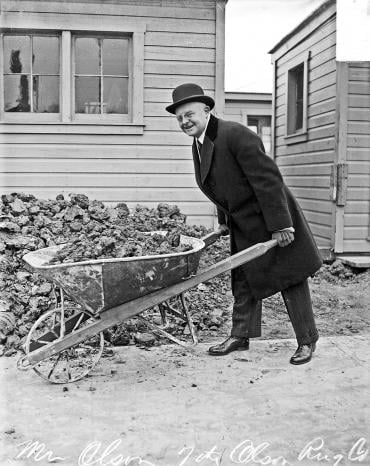
The Native American theme was inspired, in part, because Olson Waterfall opened nearly 100 years after all Native Americans had been driven out of the Chicago area. Walter Olson symbolically granted the park around the waterfall back to them. Photo Credit: Northwest Chicago Historical Society
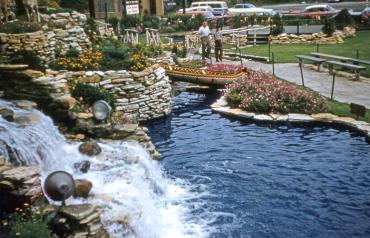
Families visited the waterfall and picnicked near its pond for decades, from 1935 until the park closed in the 1970s. Photo Credit: Northwest Chicago Historical Society


